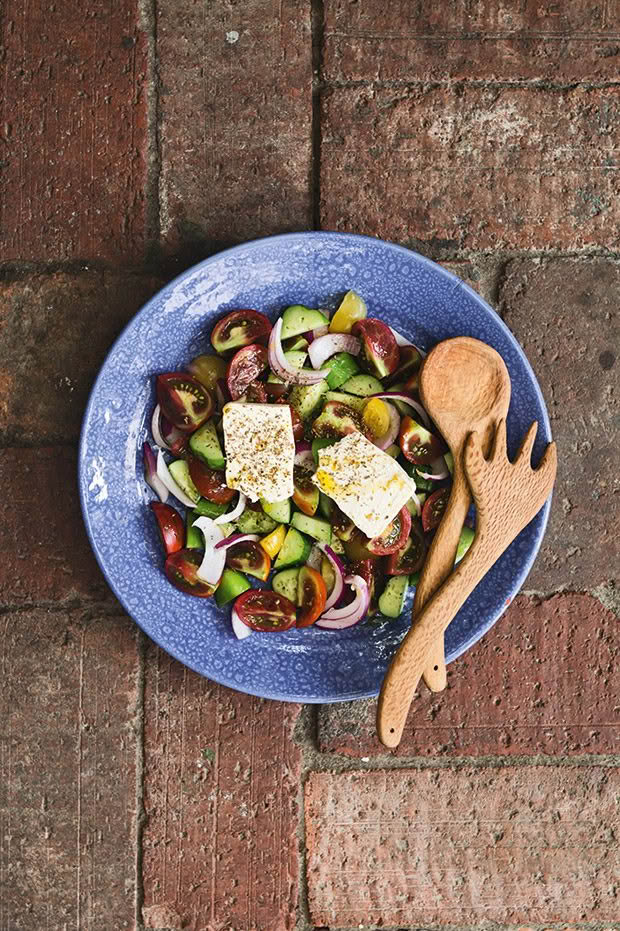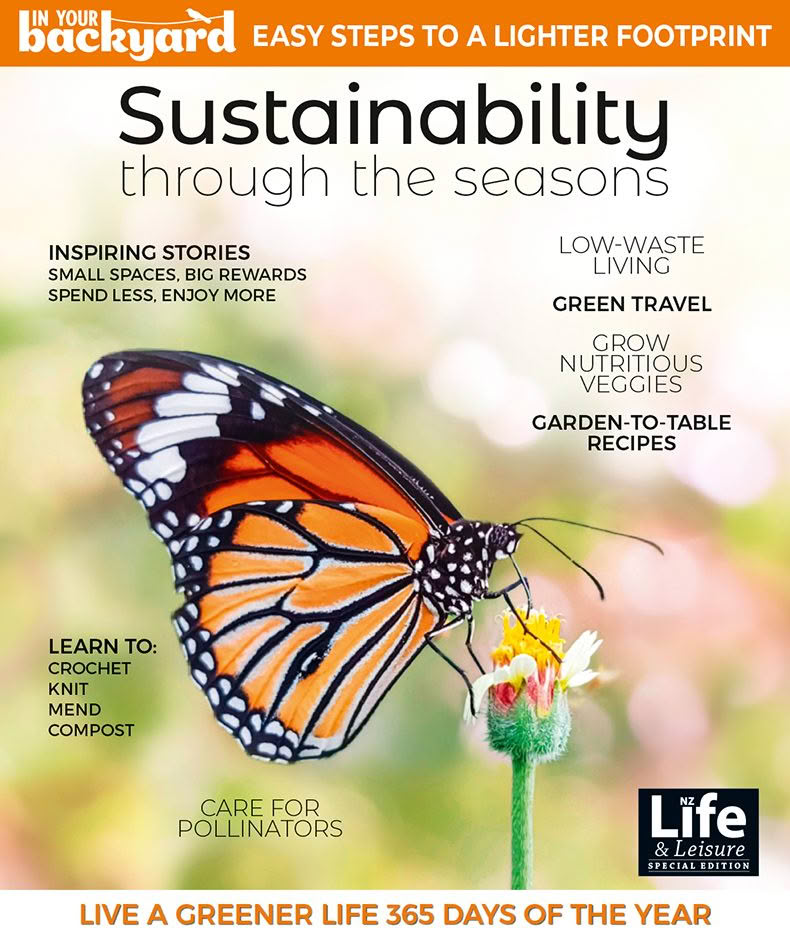Learn to make your own feta (with just a few ingredients)

Making salty feta at home is both easy and satisfying for first-time cheesemakers.
Recipe: Nicola Galloway
This feta uses natural yoghurt to inoculate the milk with the starter culture. There are a few steps involved in making cheese with most of it unattended. You will need a kitchen thermometer and cheesecloth for best results.
Makes: about 250g
Preparation time: 6 hours
Fermenting time: 2 weeks
INGREDIENTS
2 litres whole milk
1 heaped tablespoon natural yoghurt with live cultures
10 drops liquid rennet (available from supermarkets)
2 tablespoons boiled and cooled water
1 teaspoon salt
Salt brine
40g salt
500ml filtered water
METHOD
Place the milk into a saucepan and heat gently to 32°C. Remove from the heat and stir through the yoghurt. Cover with a lid and wrap the pan in a towel to hold the temperature. Leave for 1 hour for the yoghurt to inoculate the milk.
Mix the rennet with the water and use a slotted spoon to stir through the warm milk using back and forth movements. Still the milk, cover and set aside for a further hour until it sets into a soft curd. It is ready when there is a clean break when pressing a finger into the curd.
Use a long knife to cut the curd into 2cm cubes, horizontally, vertically and also at 45-degree angles to create about 2cm-sized squares throughout the curd. Cover and leave the curds to settle for 30 minutes.
Line a colander with cheesecloth and use a slotted spoon to gently scoop the curds into the cloth. Add the salt and mix gently. Wrap the cheesecloth around the curds and weight with several plates to press out the whey for 3 to 4 hours. Remove from the cloth and cut the slab of feta into 3cm cubes.
Make the salt brine by dissolving the salt in the water and pour into a tall container or jar. Place the feta cubes into the brine so they are fully submerged. Store in the fridge for 2 weeks to age, then drain and cover with olive oil. Consume within a month.
Read more stories like these in our latest special edition, Sustainability Through the Seasons, a practical guide to living a greener and more environmentally friendly life 365 days of the year.

MORE HERE

